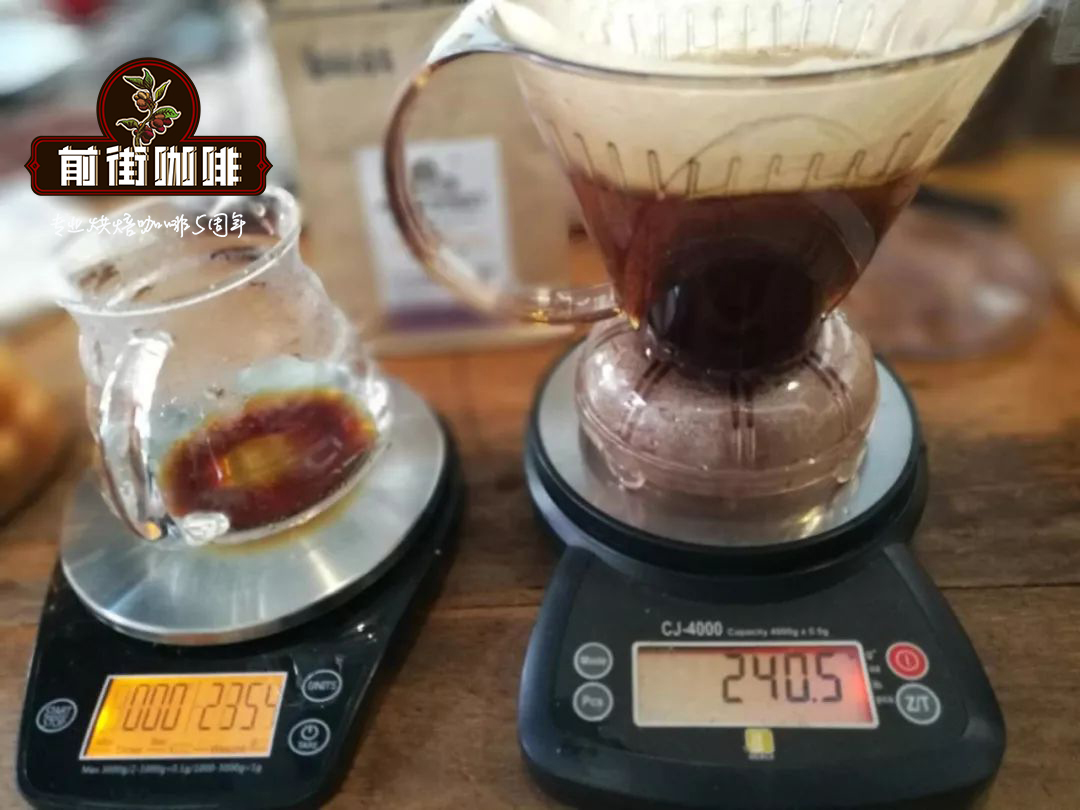Ethiopian Coffee classroom | the earliest coffee-producing country the story of Ethiopian coffee producing areas

Professional coffee knowledge exchange more coffee bean information please follow the coffee workshop (Wechat official account cafe_style)
The original name of coffee is not coffee. In Ethiopia, there is a province called Kafa province, which produces a kind of plant fruit, which has mellow, sweet, fruity, sour and bitter flavors, and has a refreshing and calming effect after eating. European colonists brought the plant to Europe when they plundered the African continent. At the same time, Arab countries also spread the plant to Central Asia and Southeast Asia. Over time, people have harmonized this plant, which is rich in the African province of Kafa, and called it coffee.
Ethiopia, known as the birthplace of coffee, has a history of coffee origin and traditional agricultural farming techniques. It is said that the word coffee in English also comes from the place name "kaffa" in Ethiopia. It is said that around 900 AD, when a shepherd in the Kafa region of Ethiopia was grazing in the mountains, he found the sheep competing for a kind of red berries. After eating, the sheep jumped happily and reacted abnormally. The shepherd thought his sheep had eaten some harmful food all night, but the next day the sheep were safe and sound. This unexpected discovery prompted the shepherd to collect this wild fruit to boil juice to quench his thirst. He felt that the fruit juice was mellow. After drinking it, he was so excited that he began to plant this plant, which led to the large-scale cultivation of coffee. The name of coffee evolved from caffeine, and then coffee spread all over the world from Ethiopia.
Essel's coffee should be the only pollution-free green organic coffee in the world. Ethiopia still uses traditional planting methods to artificially care for coffee trees, and fertilizers are mainly deciduous leaves, withered grass and animal manure, replacing harmful pesticides and herbicides used on a large scale in other coffee-producing countries.
The Story of the Shepherd
Almost all historians seem to agree that coffee was born in the Kaffa region of Ethiopia. According to Rostnerloy, a Roman linguist, Kalde, a shepherd boy in the Abyssinia mountains of Abyssinia, Ethiopia, saw a strange sight one day in the 6th-7th century AD: his goats were suddenly making a wild, ball-like noise. Kaldi observed that after eating the fruit of a wild shrub at the bottom of the hillside, the goat became extremely excited and did not sleep at night. Curious Caldy also picked this fruit to taste and found that he was full of strength, and his mood would be very happy. Then he picked some fruit for nearby Islamic monks, who found that the fruit had the function of expelling drowsiness. Later, this fruit, also known as coffee, became a drink used by Islamists to ward off drowsiness when they prayed at night. Since then, magical coffee has spread widely.
According to legend, in 1258, Shek Omar, a chief exiled in Mocha, Yemen, stumbled upon the fruit of coffee there. One day, Omar was walking exhausted in the mountains and saw the birds on the branches pecking at the fruit of the trees and singing very melodiously. He picked the fruit back and boiled it with water. Unexpectedly, the boiled juice gave out a strong and attractive aroma, and the original feeling of exhaustion disappeared after drinking it.
Omar collects many of these magical fruits and boils them into soup to refresh their spirits when they get sick. Because he was loved by believers for doing good everywhere, his sins were soon forgiven. When he returned to Mocha, he was praised for finding this fruit and was respected as a saint.
Age of coffee spread: in the early 17th century, Germans, French, Italians and Dutch all competed to sell coffee to their overseas colonies. In 1616, a coffee tree was transferred to the Netherlands via the port of Mocha, giving the Dutch the upper hand in the competition for coffee cultivation. In 1658, the Dutch began to grow coffee in Ceylon. In 1699, the first European plantations appeared in Java by the Dutch. In 1715, the French brought coffee trees to Bourbon. In 1718, the Dutch brought coffee to Suriname in South America, which was the prelude to the rapid development of the growing industry in the coffee center of the world (South America). In 1723, a Frenchman, Gabriel Mathieu de Klee (Gabrie Mathieu De clieu), brought coffee saplings to Martinique. In 1727, the first plantation in South America, Pala, Brazil, was established. And then cultivated near Rio de Janeiro. The legendary Jamaican Blue Mountain Coffee began to grow in the Blue Mountains after coffee was introduced to Jamaica by the British in 1730. From 1750 to 1760, coffee was grown in Guatemala. In 1779, coffee was introduced into Costa Rica from Cuba. Coffee was first grown in Mexico in 1790. In 1825, coffee seeds from Rio de Janeiro were brought to the Hawaiian islands and became the famous Hawaiian Kona Coffee. In 1878, the British landed coffee in Africa and set up a coffee planting park in Kenya. In 1887, the French established a plantation in Vietnam with coffee saplings. In 1896, coffee began to land in Queensland, Australia. Coffee was first planted in Taiwan in 1884, which opened the prelude to the development of coffee in China.
The following are several famous coffee producing areas in Ethiopia:
Yega Sidamo
Important Notice :
前街咖啡 FrontStreet Coffee has moved to new addredd:
FrontStreet Coffee Address: 315,Donghua East Road,GuangZhou
Tel:020 38364473
- Prev

Starbucks Guatemala Antigua Coffee Bean Type Story Characteristics and Flavors Description
Professional coffee knowledge exchange More coffee bean information Please pay attention to coffee workshop (Weixin Official Accounts cafe_style) Starbucks coffee classroom, every month will arrange wonderful coffee tasting courses to share with you, each Starbucks store will occasionally send coffee tasting courses to customers. Starbucks has carefully prepared dozens of coffee classrooms with different themes for star fans. Each issue
- Next

Starbucks Colombia Coffee Theme Classroom Starbucks Colombia Coffee Story
Professional coffee knowledge exchange More coffee bean information Please pay attention to coffee workshop (Weixin Official Accounts cafe_style) Starbucks coffee classroom, every month will arrange wonderful coffee tasting courses to share with you, each Starbucks store will occasionally send coffee tasting courses to customers. Starbucks has carefully prepared dozens of coffee classrooms with different themes for star fans. Each issue
Related
- What documents do you need to go through to open a coffee shop? coffee shop coffee shop certificate processing process
- How to purchase Coffee beans in small Cafe how to choose a suitable supplier for domestic Coffee supply Company
- How to drink Starbucks Fragrance White Coffee? how to make Australian White Coffee? what Italian coffee beans are recommended?
- The Story of Flora Coffee: the name of Flora Coffee Bean and the implication of the Flowers on Florna Coffee
- How much does a cup of coffee cost? How much is the profit of a cup of coffee? What is the profit of the coffee shop in a year?
- Yunnan small Coffee, known as "fragrant Coffee", introduces the characteristics of Alpine Arabica Coffee producing areas in Yunnan, China
- 2023 latest Starbucks full menu price list how much is a cup of Starbucks coffee what is better to drink the most popular hot and cold drinks recommended
- Starbucks different kinds of Coffee Price list Starbucks menu 2023 Top Ten Best drinks in Starbucks
- Starbucks Spring praise Comprehensive matching Coffee Bean theme Story Packaging implication and taste description
- The cost of a cup of coffee latte American coffee cost price and selling price

